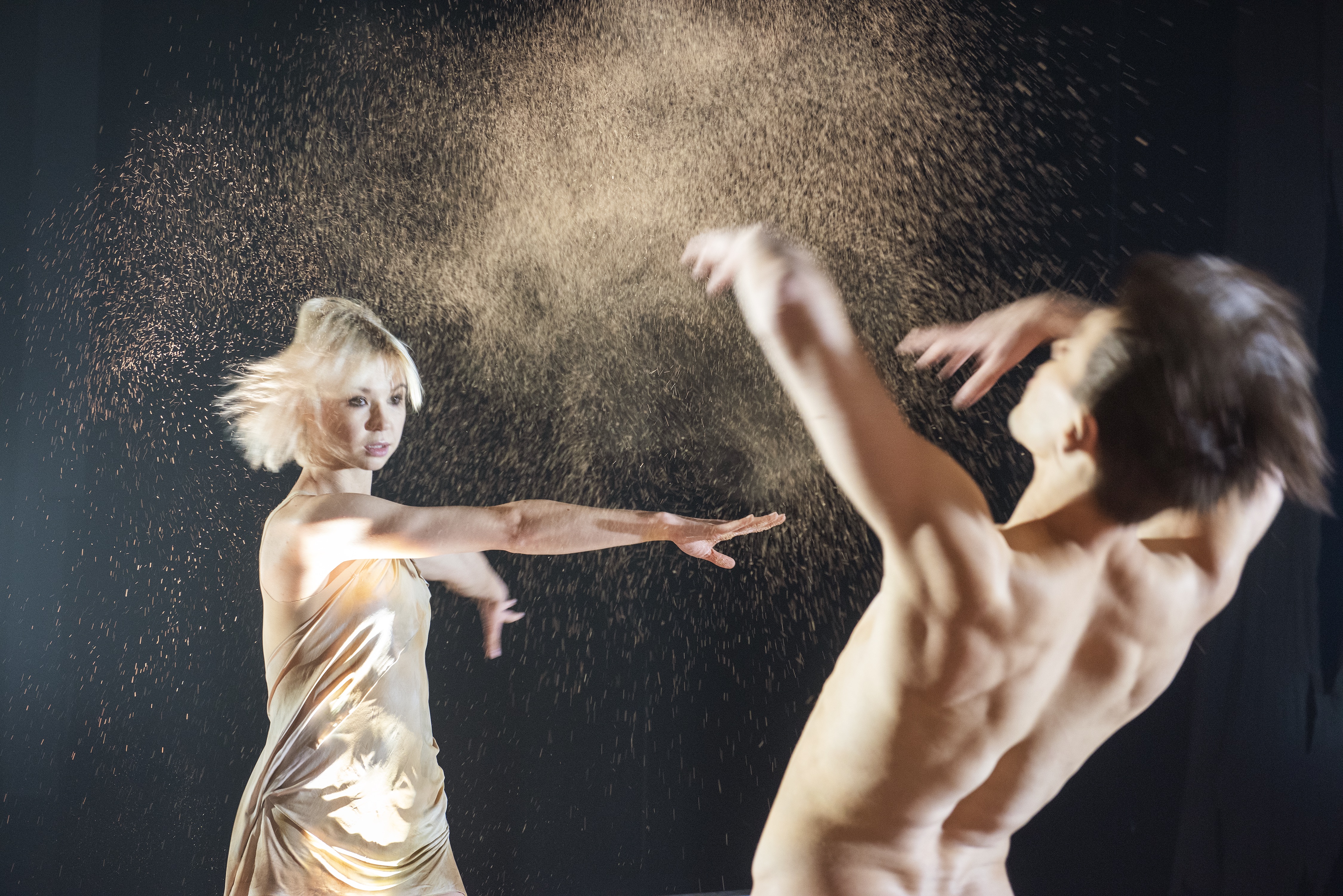Soon to celebrate its tenth anniversary, Recirquel has been one of Hungary’s greatest cultural achievements at home and abroad, breaking genres and garnering awards.
Launched by choreographer Bence Vági for a one-off show at the Sziget Festival in 2012, Recirquel presented its first major production, Night Circus, a year later, and hasn’t looked back.
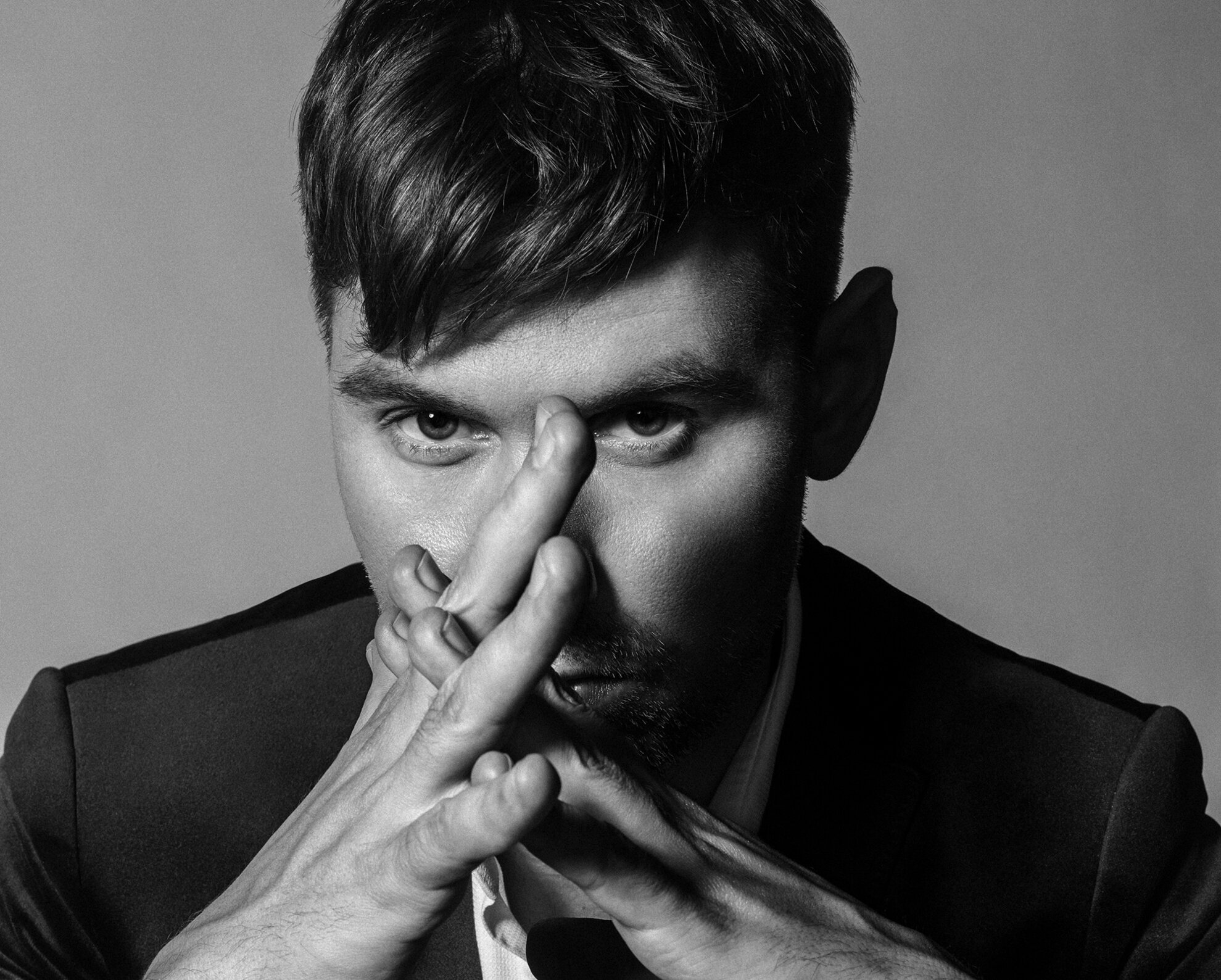
“Contemporary circus has taken a huge leap on a global level,” begins Vági, vivacious and expressive in conversation. “You can compare it to how ballet suddenly developed in the 1920s. This is a new branch of the arts. Now it’s a different ball game, offering unlimited expression. Each show takes a long time to develop and nurture.”
The end result, though, has gained Recirquel gushing reviews in the New York Times, a critics’ choice award at the Edinburgh Fringe Festival and now a major tour of France, the cradle of contemporary circus.
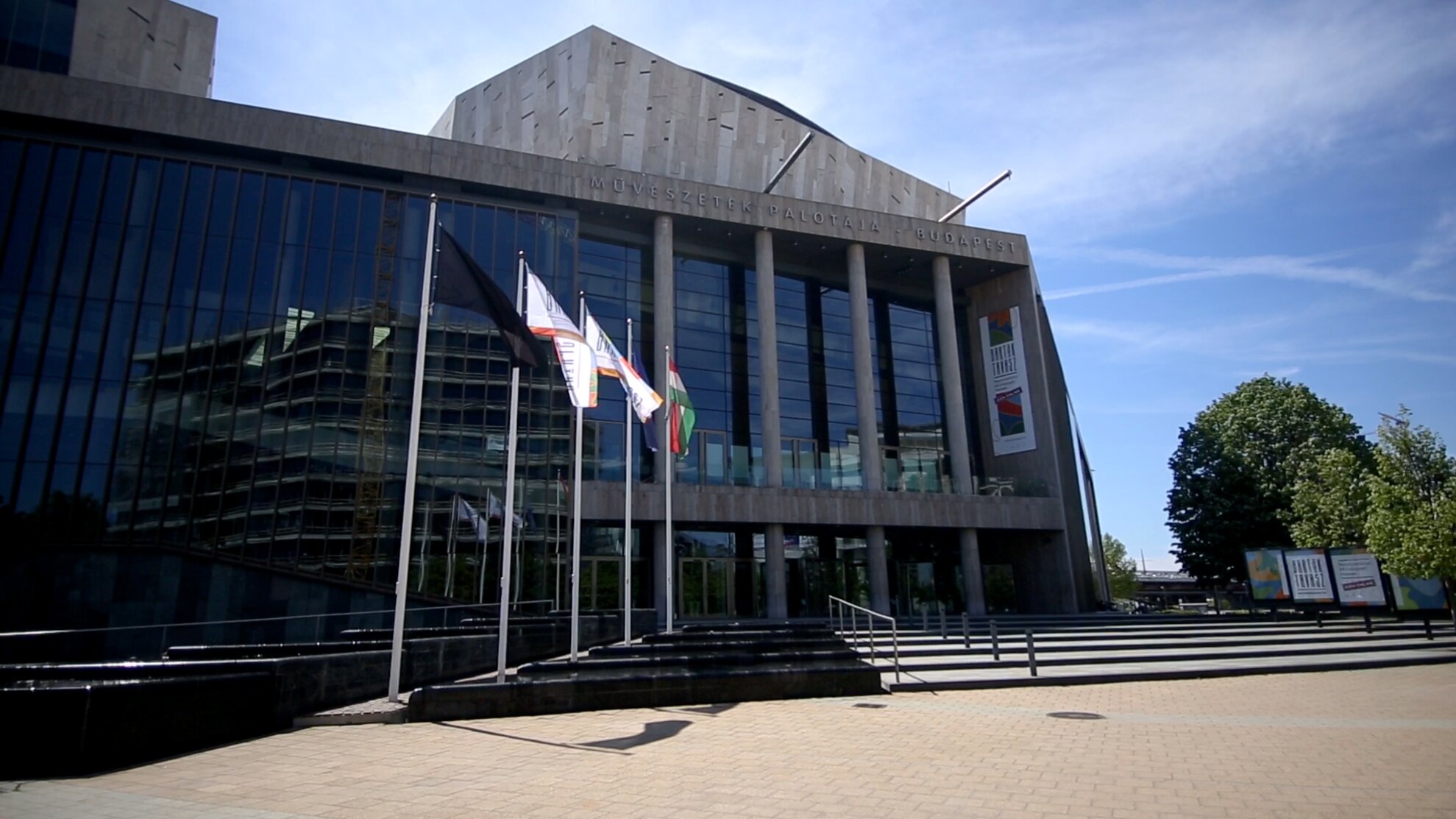
Home, though, is Müpa, Budapest’s main arts centre whose progressive CEO Csaba Káel immediately saw the potential in the company from the early days. Müpa is where rehearsals take place, where new productions are premiered and where December’s Christmas show, Kristály, ‘a contemporary circus tale for the holiday season’, will be entertaining families in a special tent set up outside – of which more later.
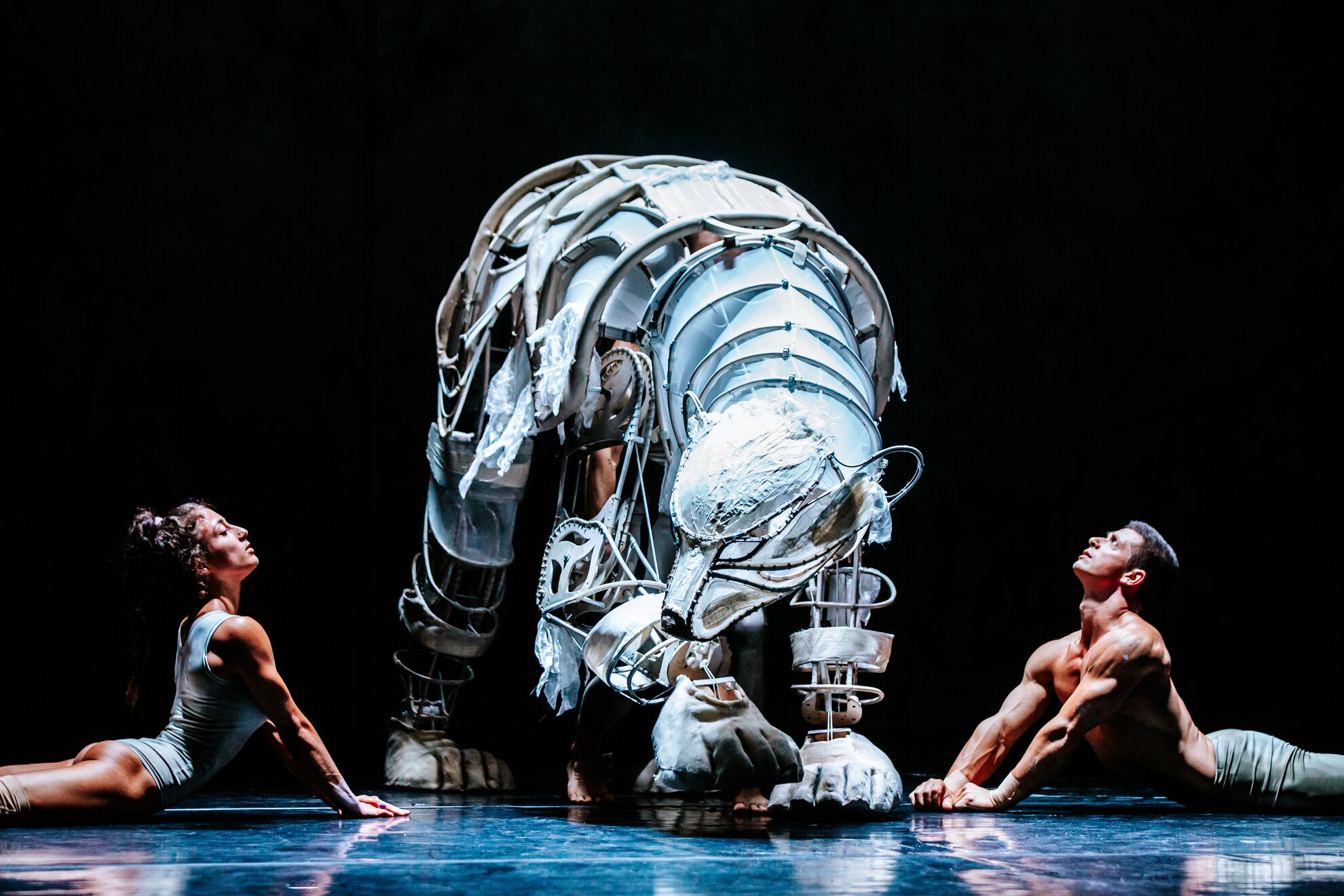
It is perhaps no coincidence that cirque danse, a term created by critics when writing about Recirquel,
is now a concept being developed to a higher level in Hungary. Here, the circus
tradition stretches back over gilded generations, a heritage Bence Vági fully
appreciated when he was starting out in the performing arts:
“When I was a student
dancer, I was obsessed with objects and props. If I’d come across circus at a
younger age, I might have gone in that direction but there just wasn’t that
opportunity. I understood it on an intellectual level. I did my thesis on Cirque
des Variétés of the 1920s and 1930s”.
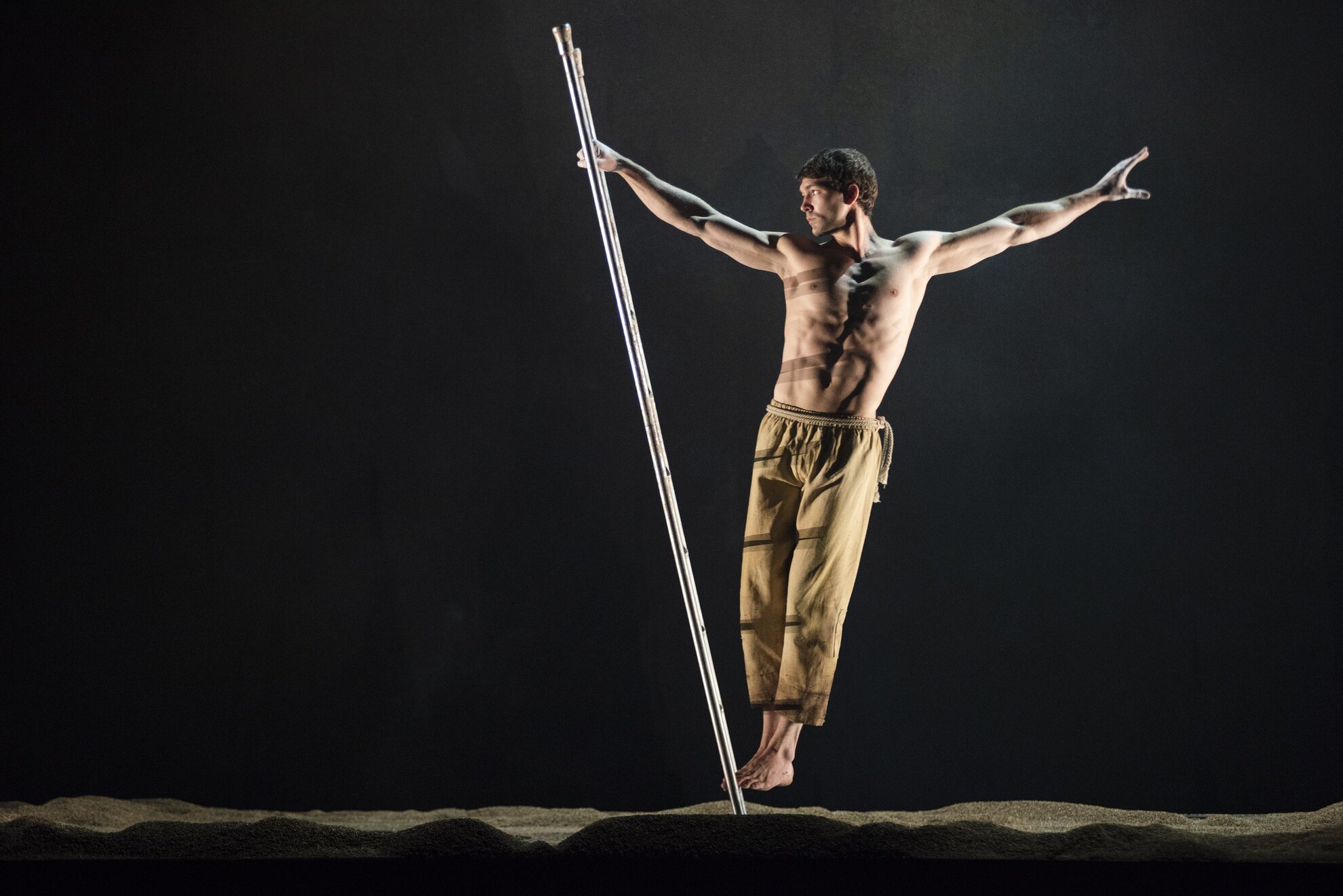
Vági also cites the Fosse School of Dance, “coded into my work as a dancer”, as a major influence, the Oscar-winning American choreographer bringing together theatre, ballet and jazz on the Broadway stage.
From Broadway to Müpa
“It was cabaret, in a way, focusing on the small detail. This was always in the back of my mind.”
Circus was never far away, either. “It was the Cardiff’s NoFit State Circus, among others, who provided the inspiration for me to take a leap forward,” remembers Vági. “I began to look for circus artists to create a production.”
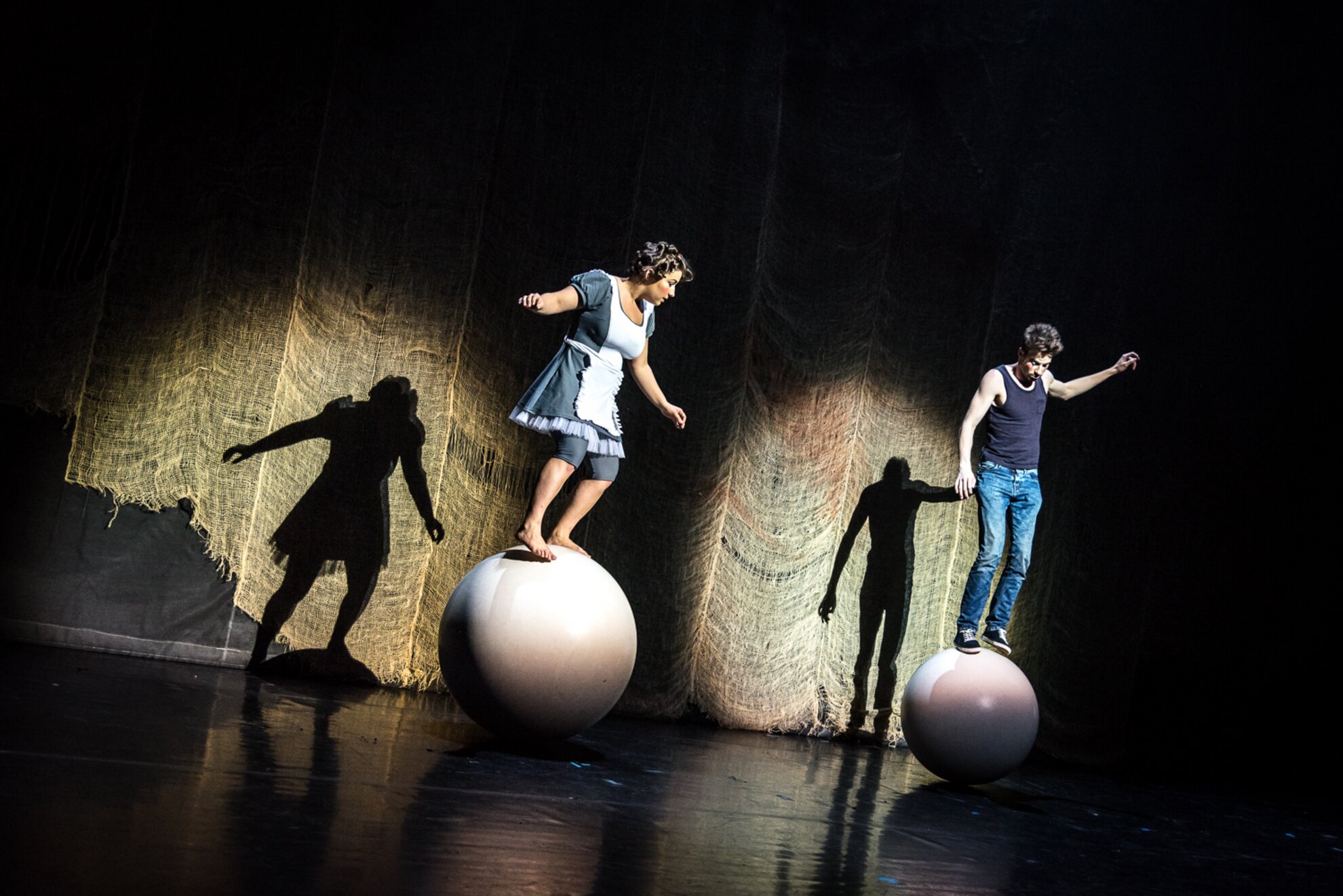
The same core team remains with Recirquel to this day. “When I look for dancers,” explains Vági, “it’s essential to see an inner urge for self-expression, the ability to transform their thoughts and implanting them into the minds of the audience”.
After Night Circus came The Naked Clown, and then Paris de Nuit, each one breaking new ground. The all-action journey through the City of Light in its louche pre-war heyday touched on the work of Hungarian photographer Brassaï and struck a chord with audiences from Chile to Finland. At the Edinburgh Fringe, it sold out every night.
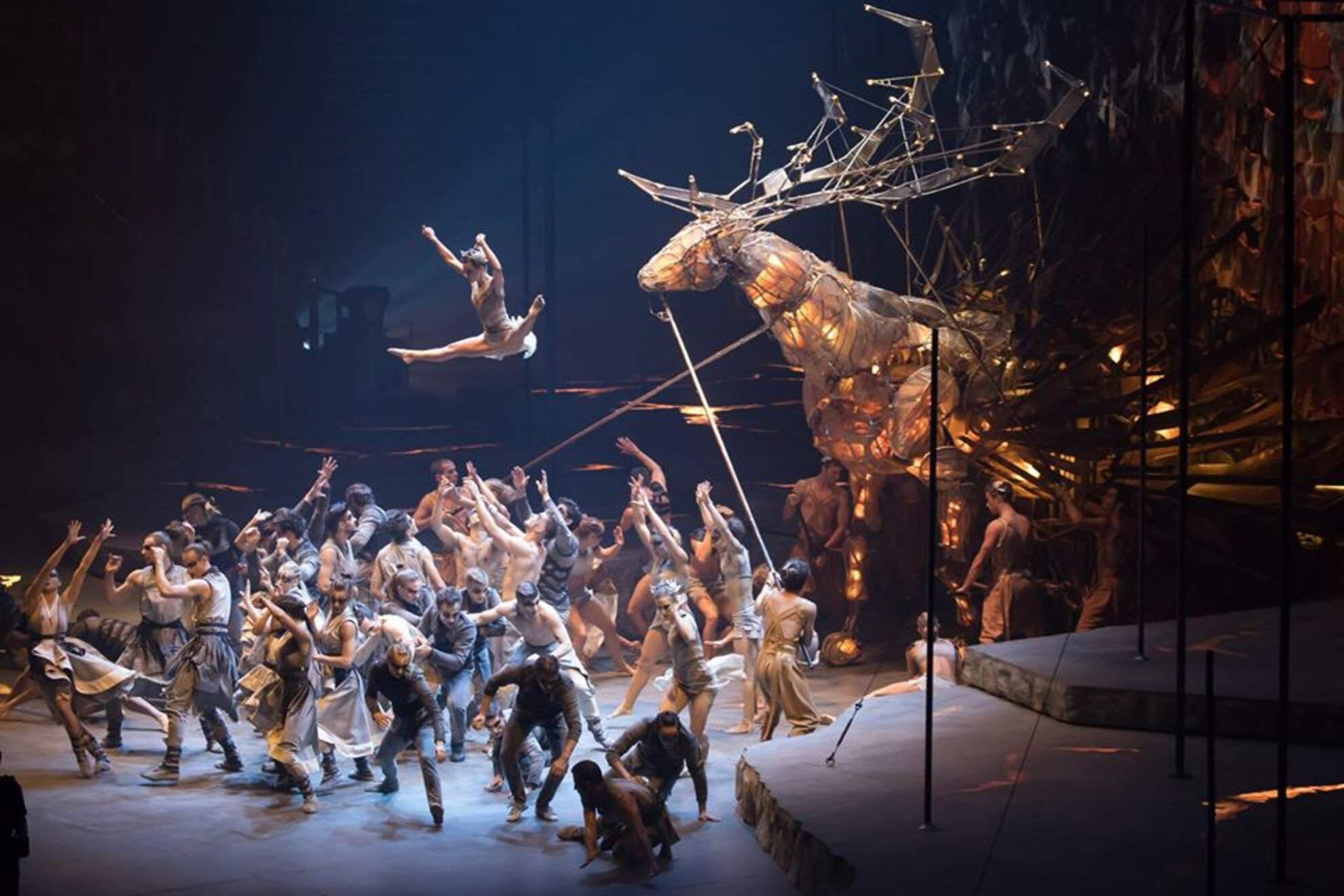
It was then that Recirquel took another step forward. Invited to create the closing show at the FINA World Aquatics Championships here in 2017, Vági pushed the boat out. Throwing 80 acrobats into a cast of 200 artists and dancers, plus a vast illuminated deer, he brought to life the ancient Hungarian Legend of the Golden Stag, and duly brought the house down. Recirquel had arrived on the world stage.
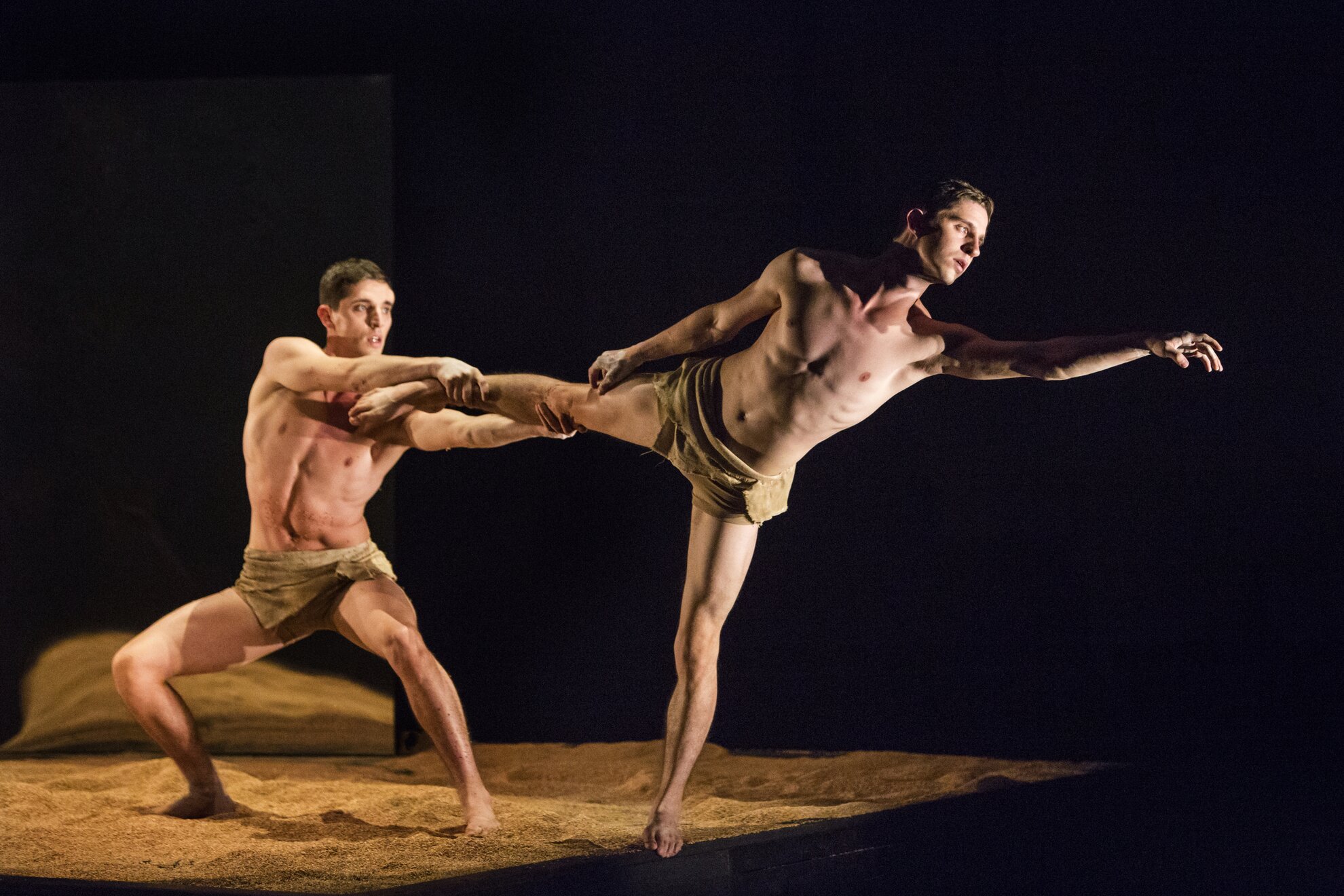
Yet, according to Vági, it wasn’t this gargantuan production, stags, acrobats, dancers and all, that transformed the company but a bare, emotive duet: Non Solus. The first of a trilogy culminating with My Land and the critics’ choice award at Edinburgh 2018, this two-man production explored themes such as humanity’s journey from birth to death, and all the unions in between.
Two fields, one show
“It was Non Solus when I realised we were really on to something. This duet was the birth of cirque danse for us, merging knowledge and experience from different backgrounds, different fields, into one show.”
Performed by Renátó Illés and Gábor Zsíros, also responsible for Crystal this Christmas, Non Solus took Recirquel to America for the first time. They wowed the crowd at renowned performing arts venue, the Brooklyn Academy of Music (BAM), and the New York Times, too:
“Recirquel’s meditative, evening-length production is no circus spectacle. It’s more like ballet in the air”.
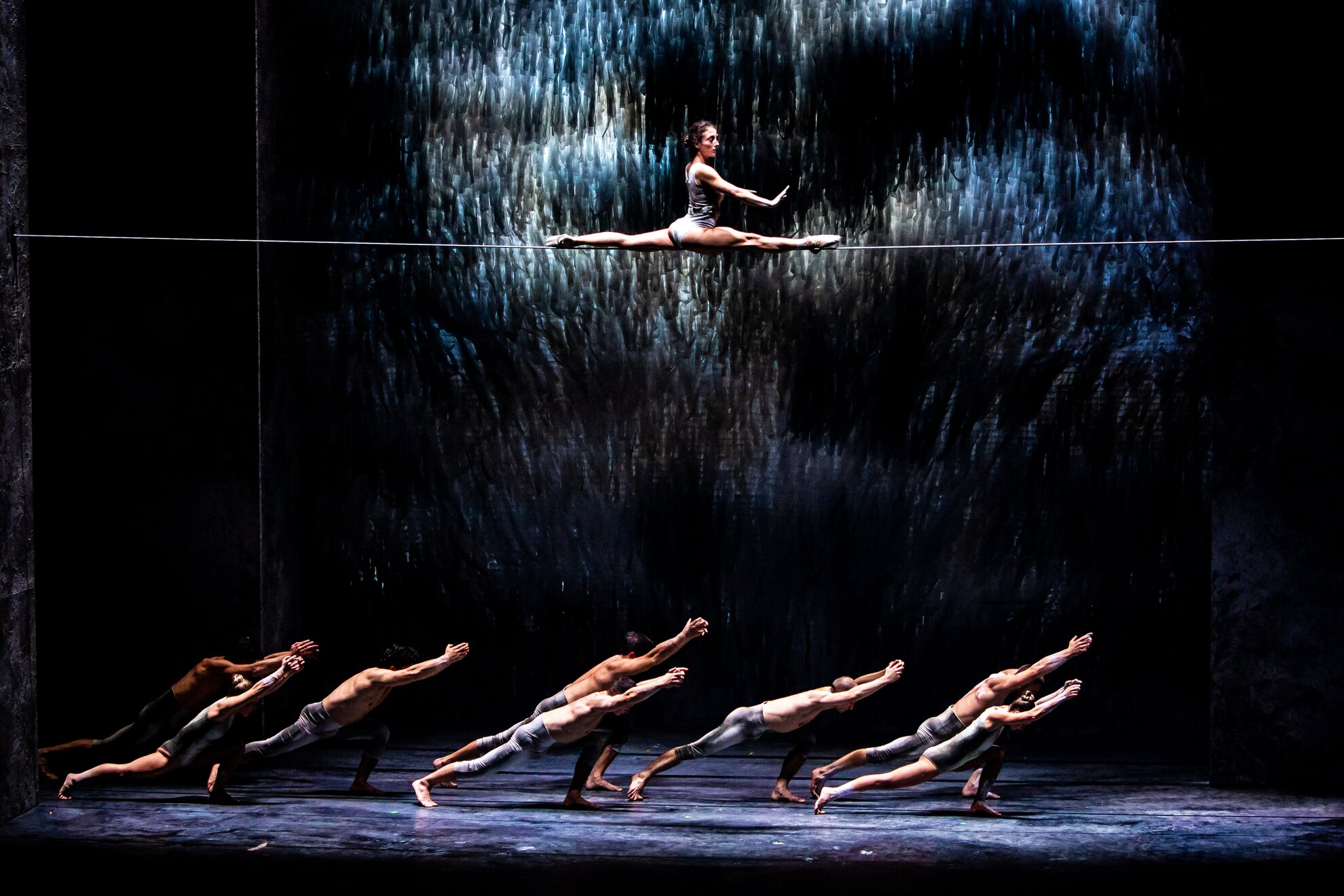
“I thought, ‘they’re noticing something here’,” says Vági. “That was when the penny dropped, and I realised that what we were doing really was cirque danse.”
The second part of the trilogy, My Land, also involved performers from Ukraine, the company expanding to a fuller complement. For the original members still here, Recirquel has been both a journey of discovery and a mission. “They all started at such a young age, and now they are adults – not only physically but psychologically. This is the right place, the right moment,” Vági enthuses.
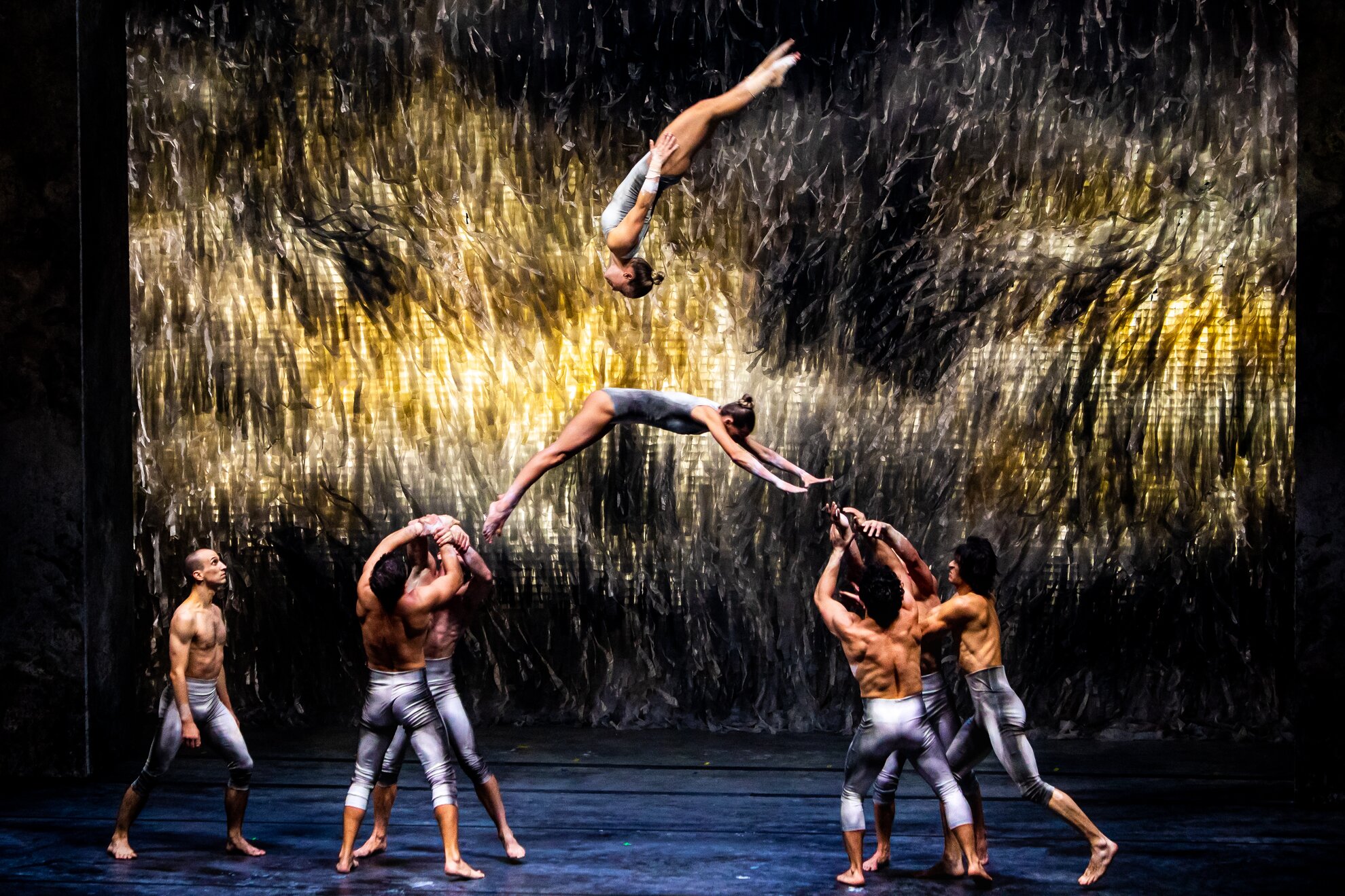
“This is a beautiful time in the life of the company. We needed three to five years to develop, to let it grow. This new genre has blossomed and begun to show more colour, more quality. We’ve reached a level of trust when an upcoming production is not just about specific tasks to be executed but a creative tool to bounce ideas off each other. With several shows already under our belts, we have created special partnerships, with lots and lots of tiny adjustments. The goal is to give a new impetus to each production, and now it’s reaching maturity.”
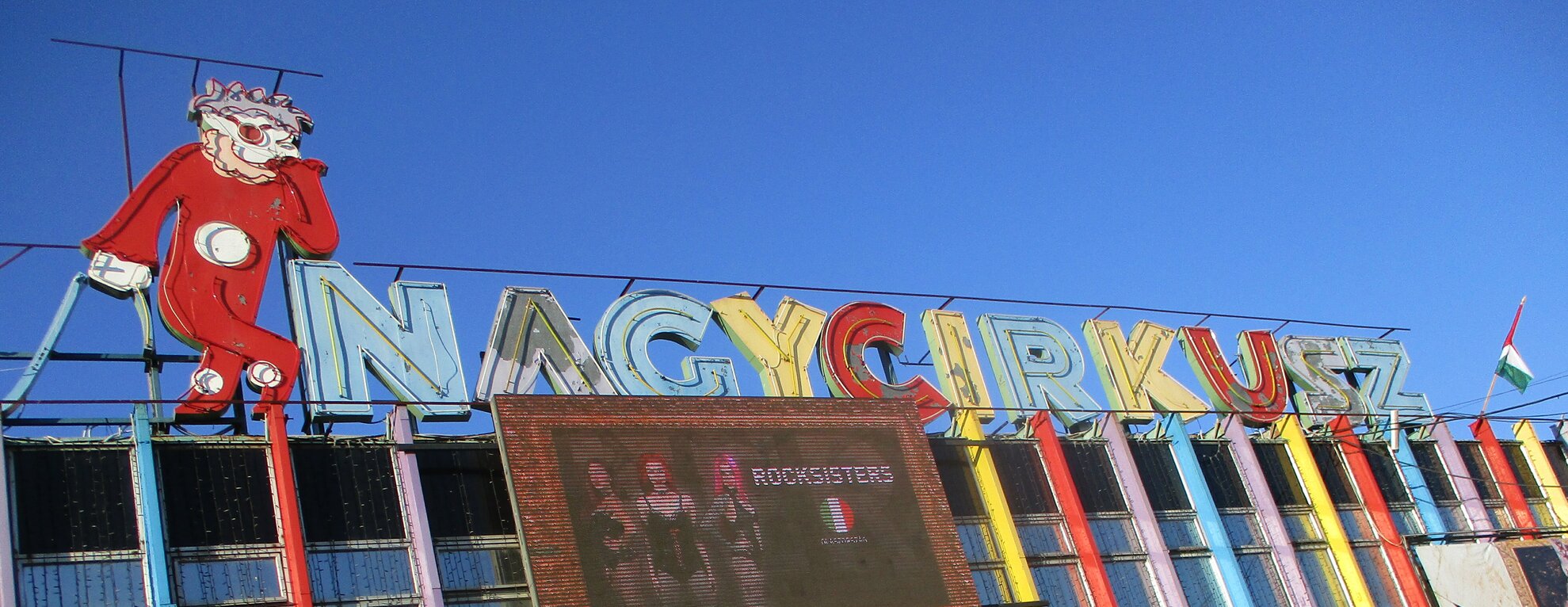
The concept of cross-fertilisation is also taking shape off-stage, too, with an education programme in the works, master classes involving performers from the team. Overseeing the initiative is Kristián Kristóf, the award-winning ringside performer and festival director from one of Hungary’s most illustrious circus dynasties – again underlining the artistic direction Recirquel is heading towards.
In the meantime, the shows must go on. Performing My Land for audiences across France for five months – if it’s New Year’s Eve, it must be Orléans – Recirquel has an equally vital task to fulfil at here in Budapest at the same time: keeping families entertained at Yuletide.
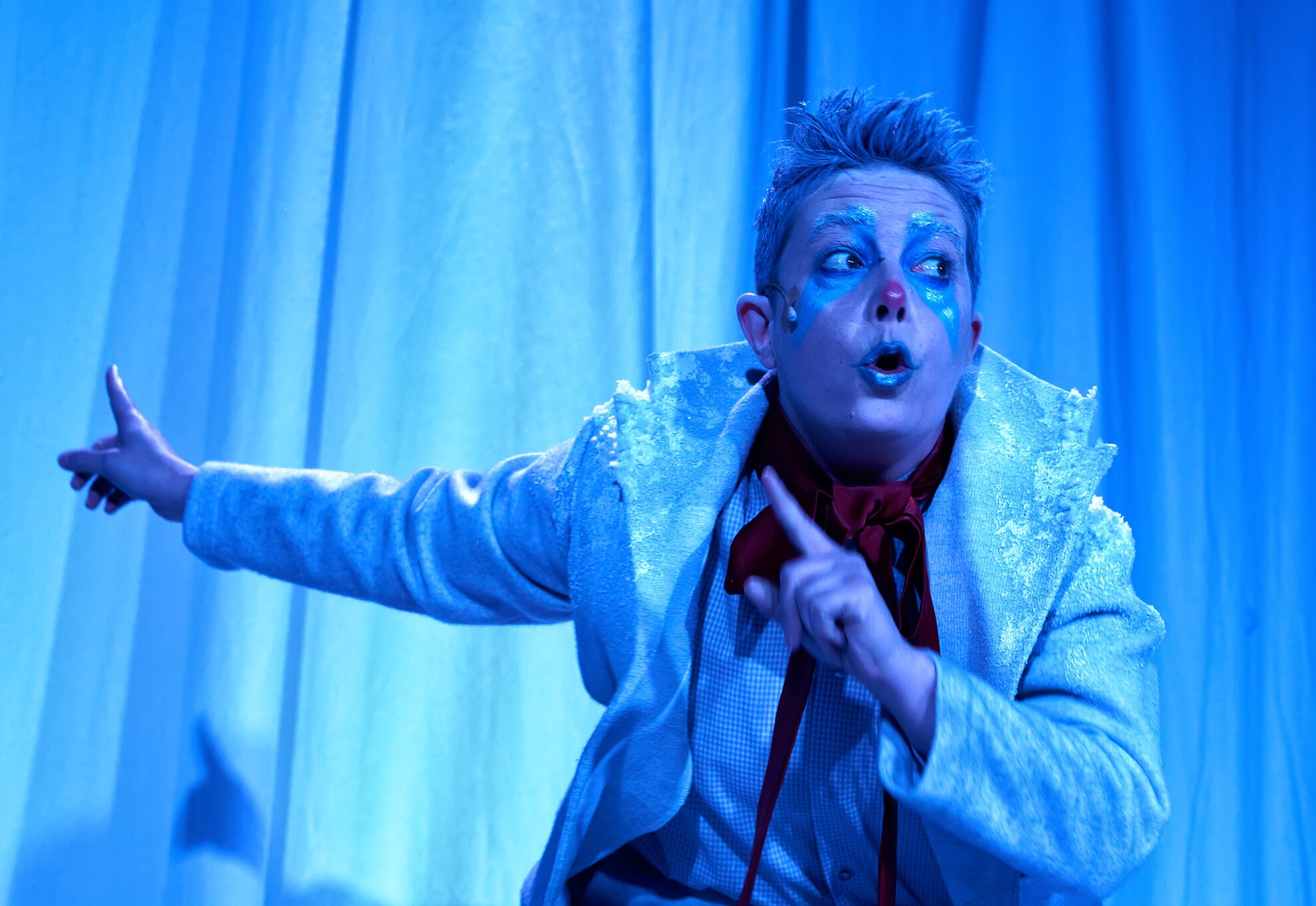
Integral to Advent at Müpa, where a traditional ice rink is set up near Recirquel’s winterised circus tent, Kristály returns after sold-out runs in 2018 and 2019, and its celebrated online presentation in the depths of lockdown last Christmas.
Kristály ball
“It’s immersive theatre, where spectators become part of the whole performance, surrounded by the inner frozen world we’ve created to bring this fairy tale to life.”
Stressing that Kristály is a family show, conceived with children in mind, Vági is at pains to give credit to Renátó Illés and Gábor Zsíros for their work on its choreography, while the score and set also come together as never before.
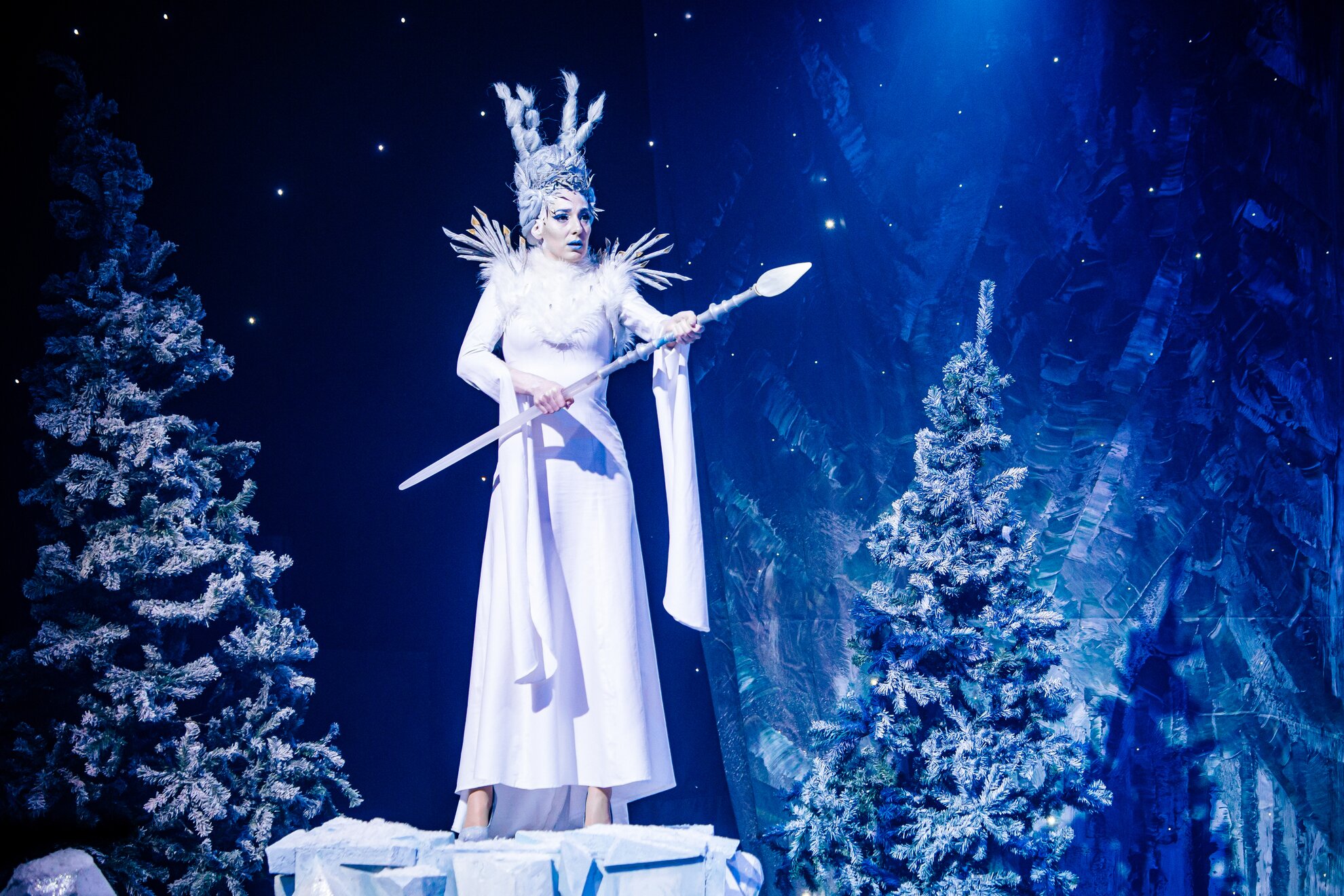
As Vági puts it, “Kristály illustrates the future of the company. A new idea is a very slow process, often you don’t see real results for one or two years. There’s a lot of soloists and it needs time to bring them onto the same page, to bring that talent out of a person”.
As for new ideas, Vági currently has three in the pipeline, including a solo show planned for next April. “It’s important to recharge. I take myself off into remote places, the Atacama Desert in Chile, for instance. It’s a way of relaxing but it’s also then that I start to listen – that’s absolutely vital. And that’s when new ideas come, like candy floss, wrapping themselves round and around.”
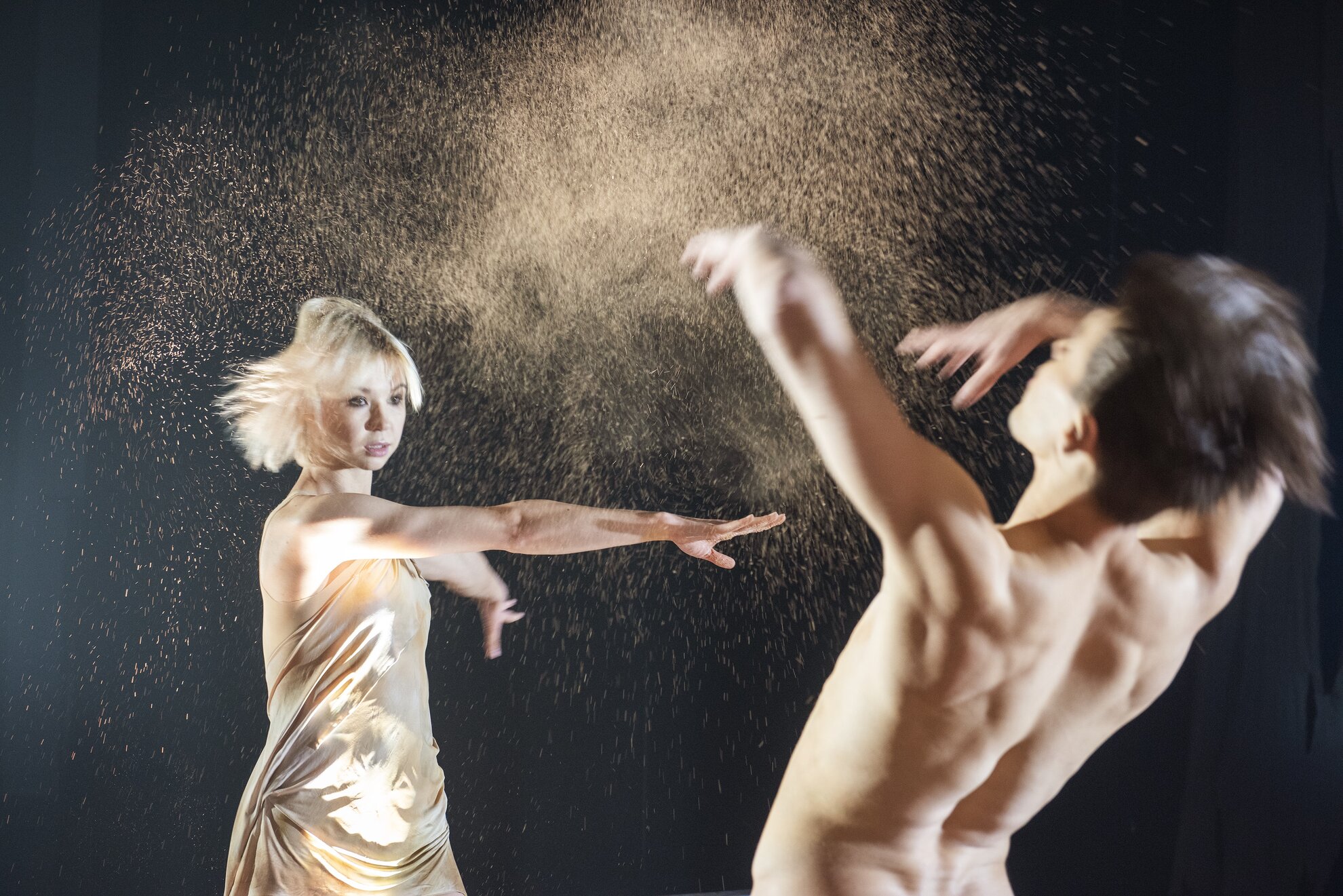
Vági also knows too well that not every idea will make the final cut. “You have to find the truth in a thought. One thing I have learned is that it’s not enough to generate good ideas but you must be brave enough to let go of them if need be – to make the right choice.”
Event information
Recirquel
Kristály
Müpa Tent
1095 Budapest, Komor Marcell utca 1
11 December-9 January
Tickets here
